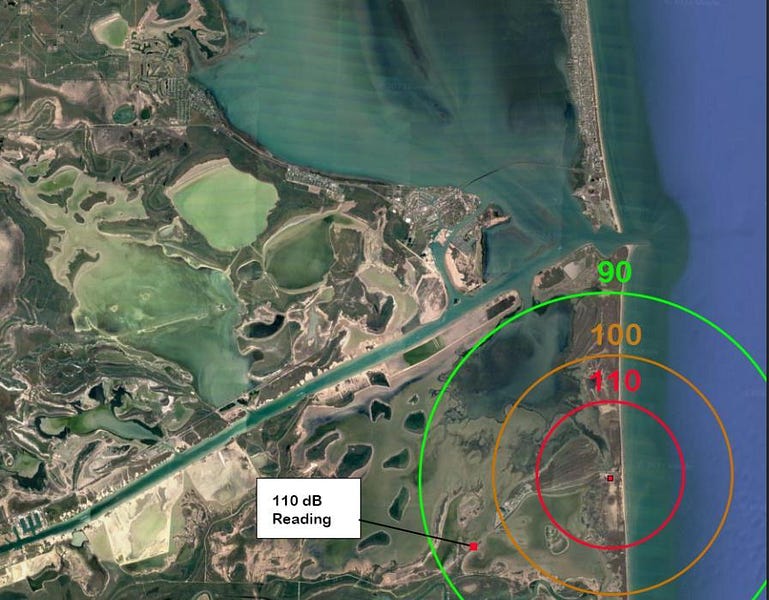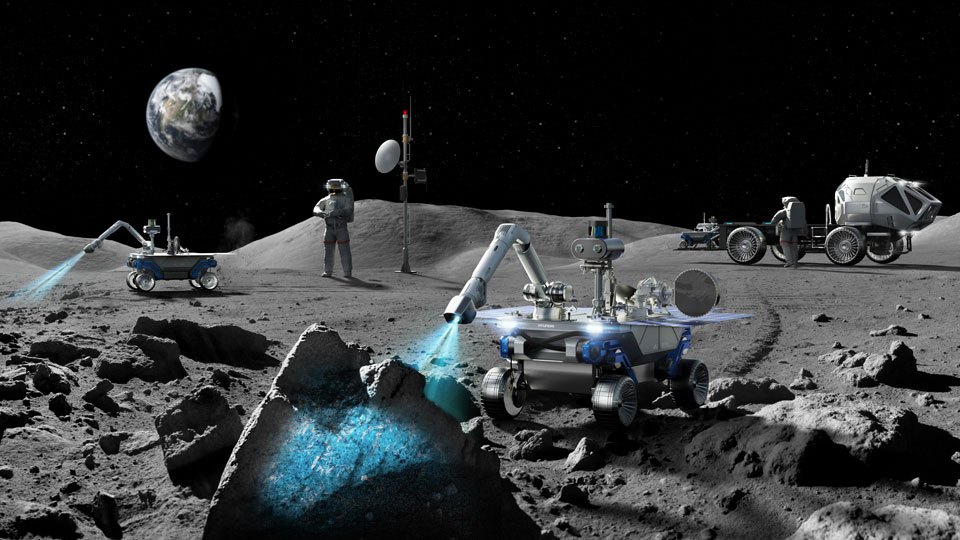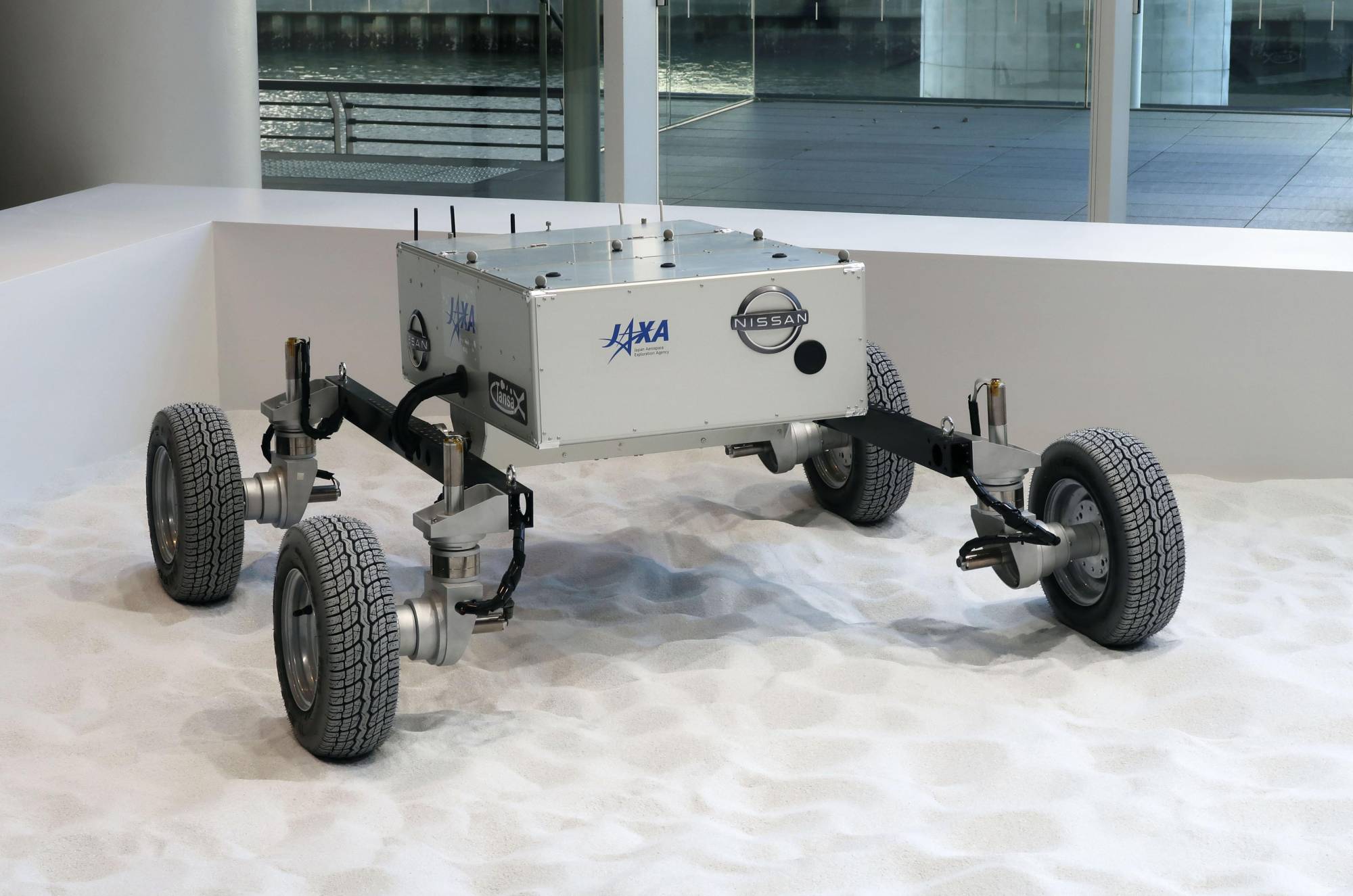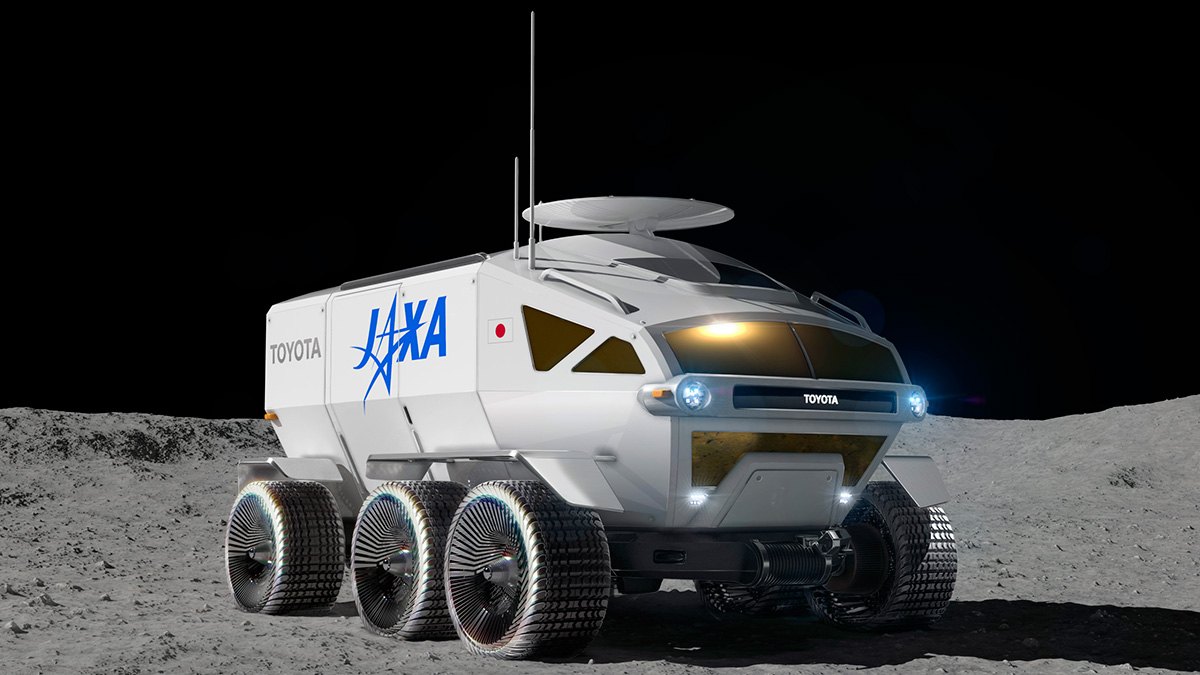Joey D
Premium
- 47,950

- Lakes of the North, MI
- GTP_Joey
- GTP Joey
I've never actually considered how they tell time in space:

 apnews.com
apnews.com

What time is it on moon? Europe pushing for lunar time zone
With more lunar missions than ever on the horizon, the European Space Agency wants to give the moon its own time zone.

 I mean it was kinda obvious that Elon will go for it when it was clear that yesterdays attempt will be a scrub.
I mean it was kinda obvious that Elon will go for it when it was clear that yesterdays attempt will be a scrub.


